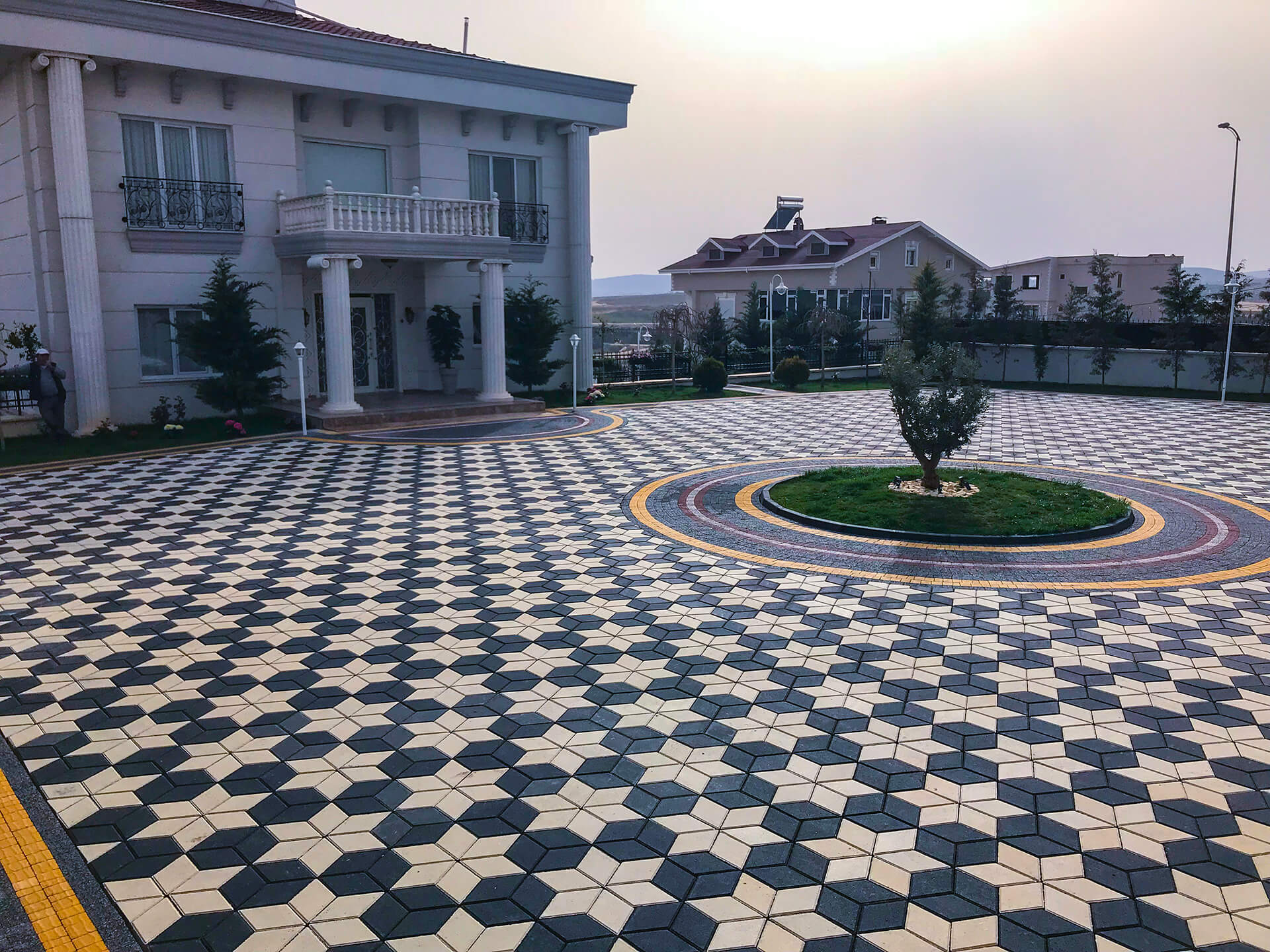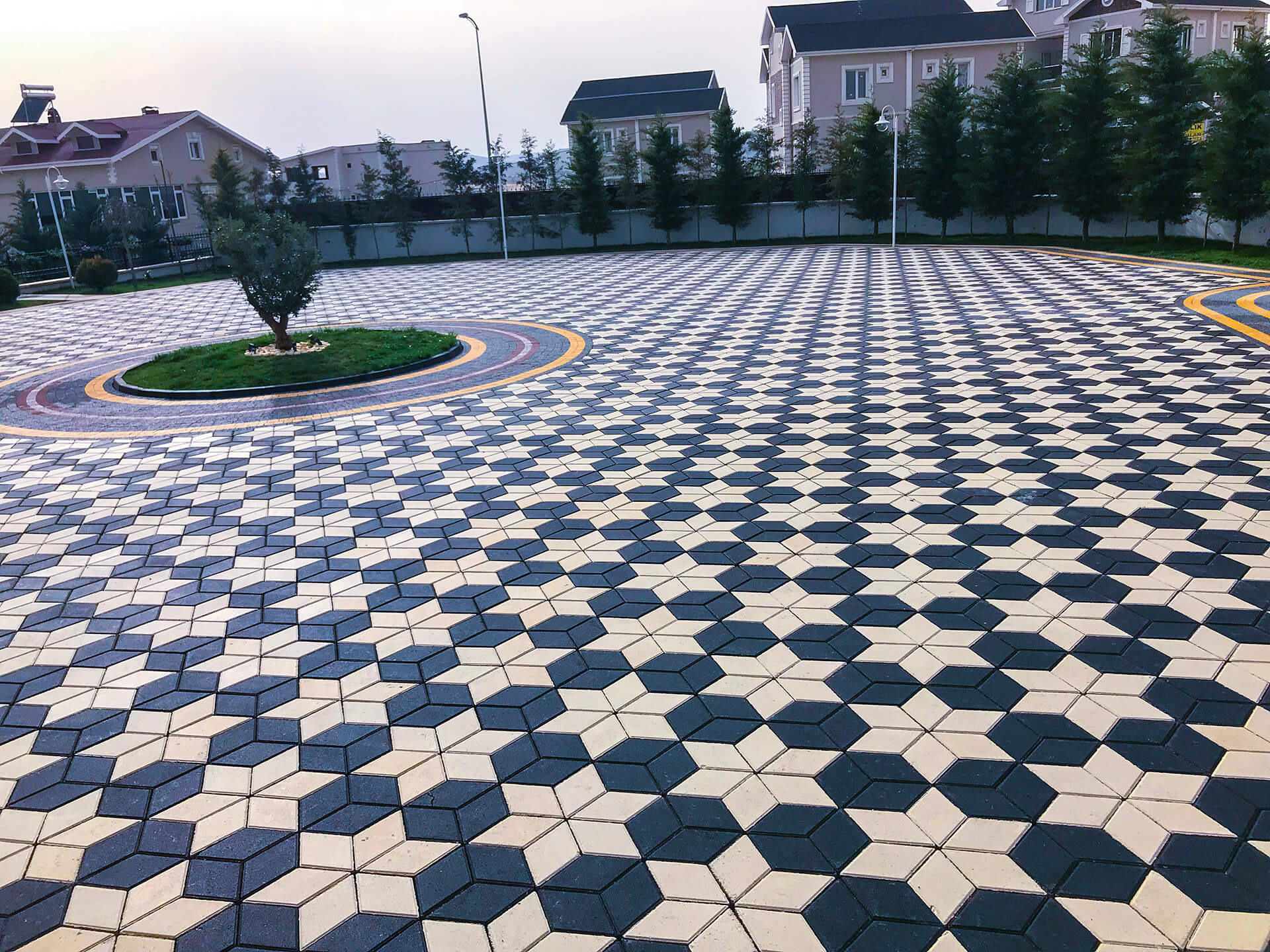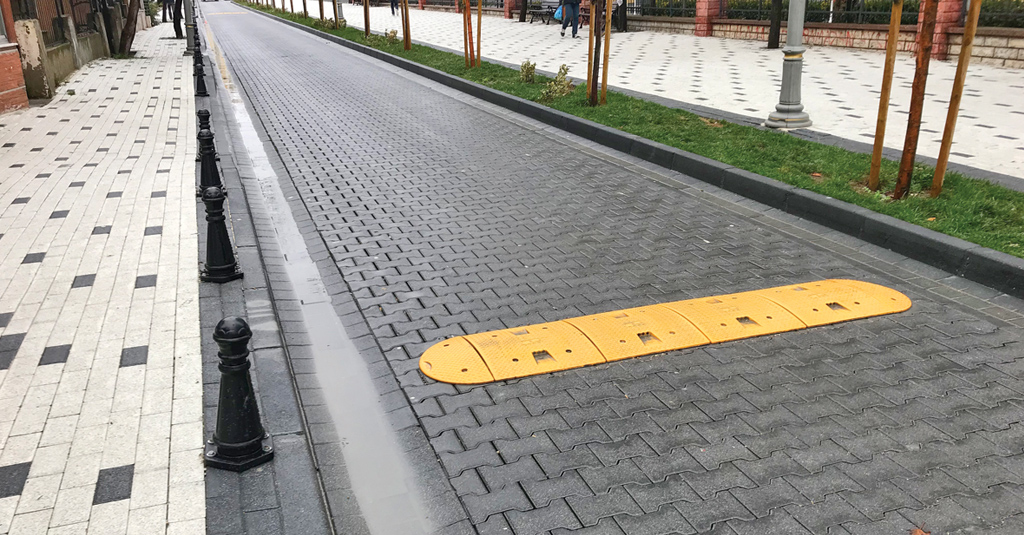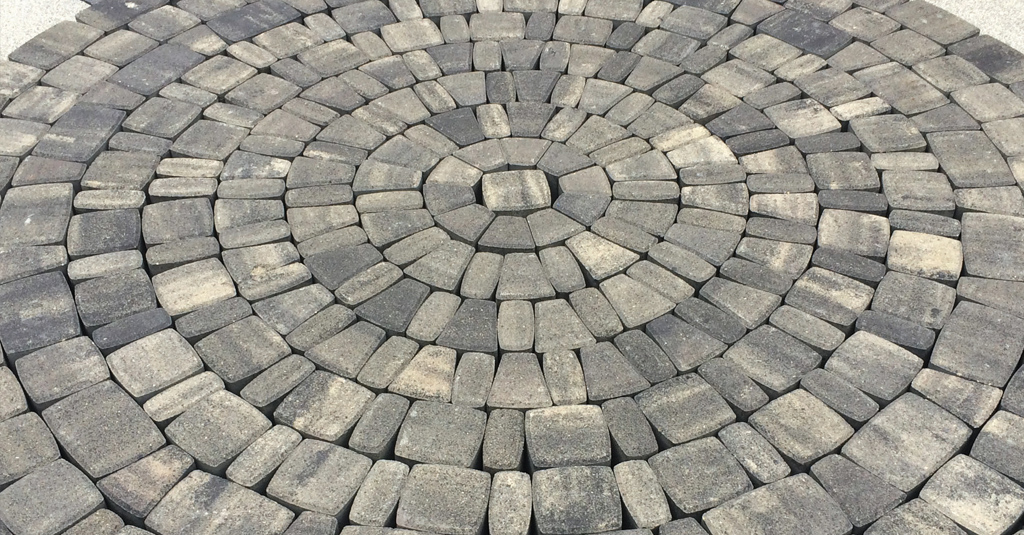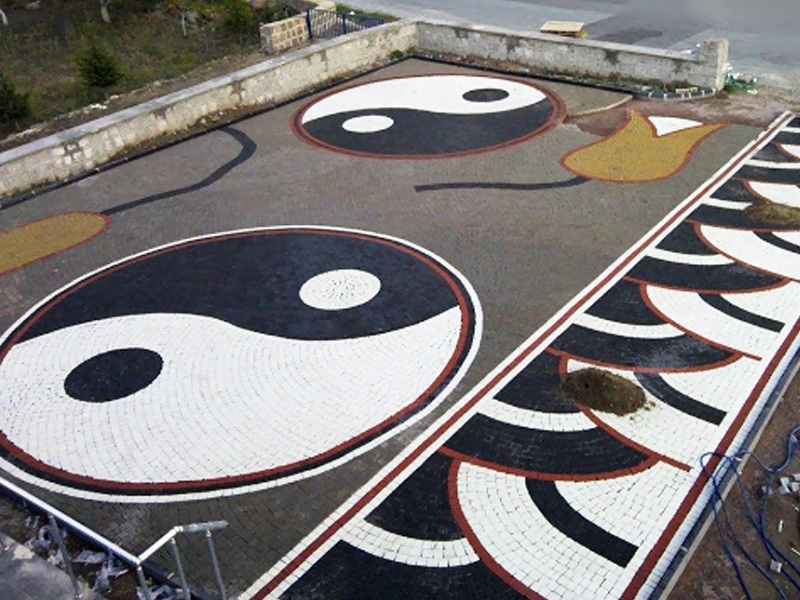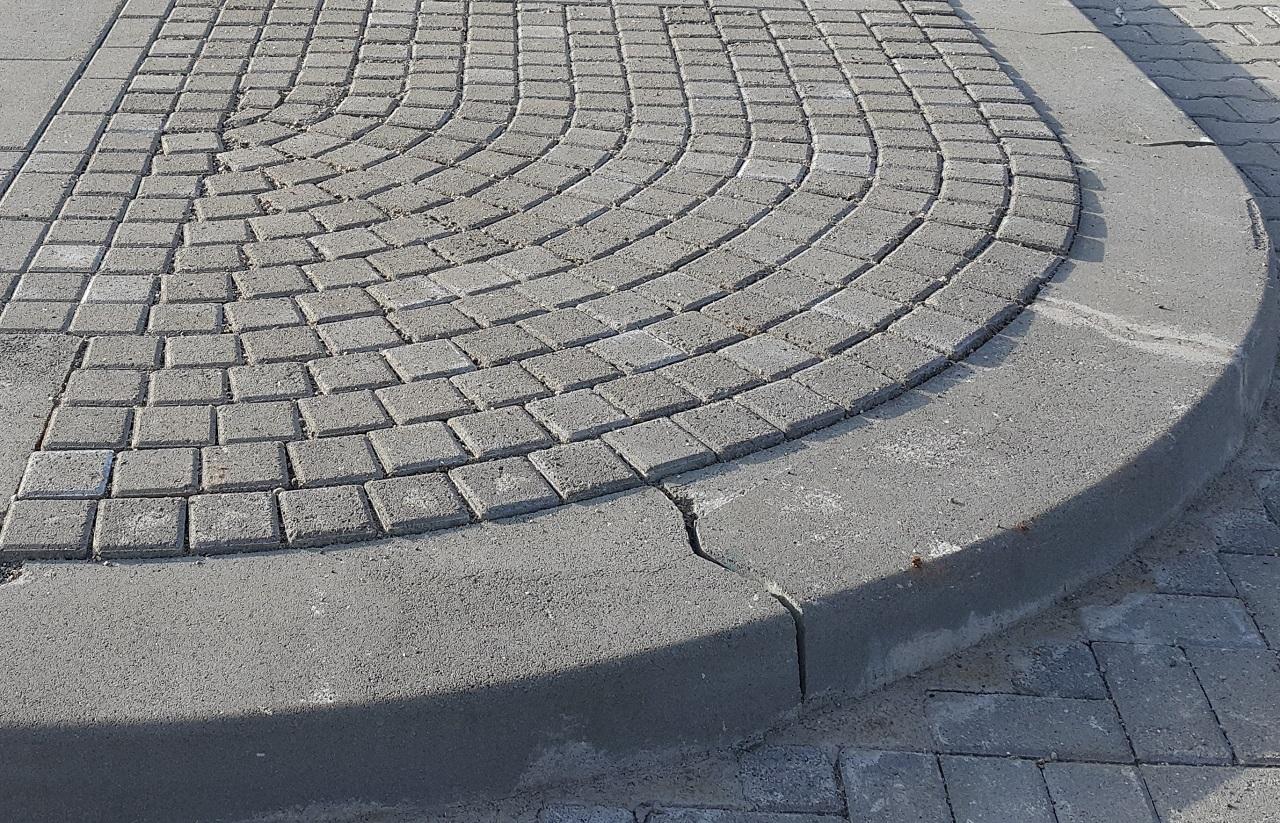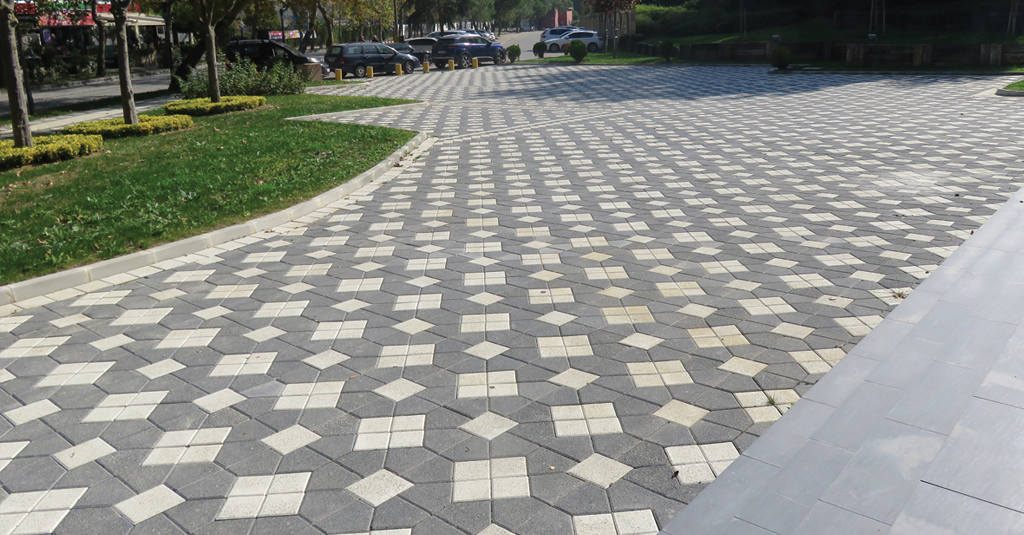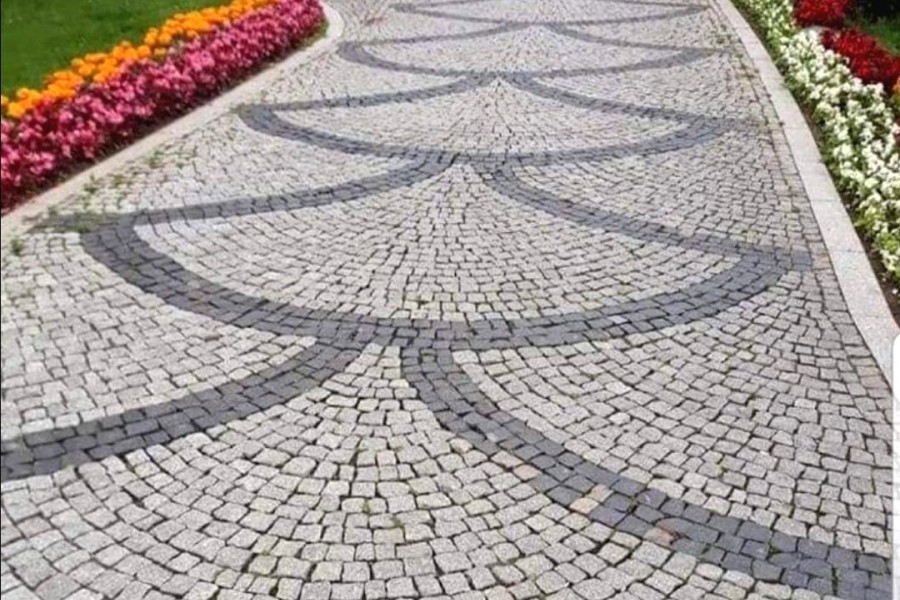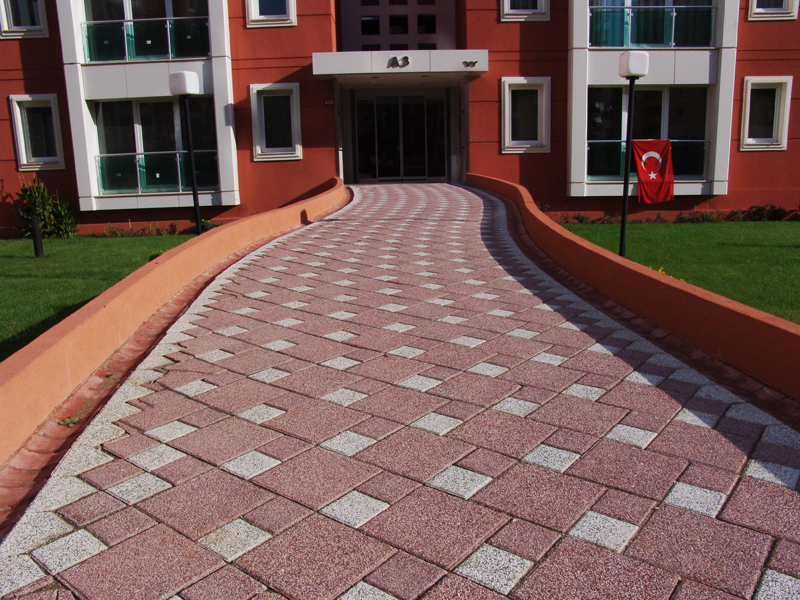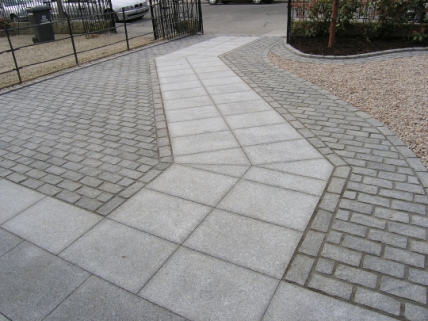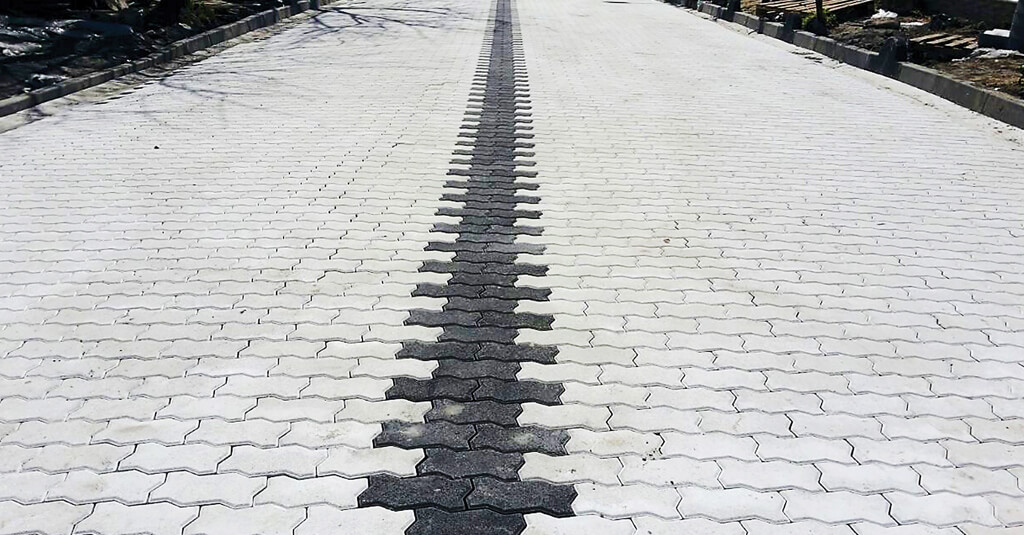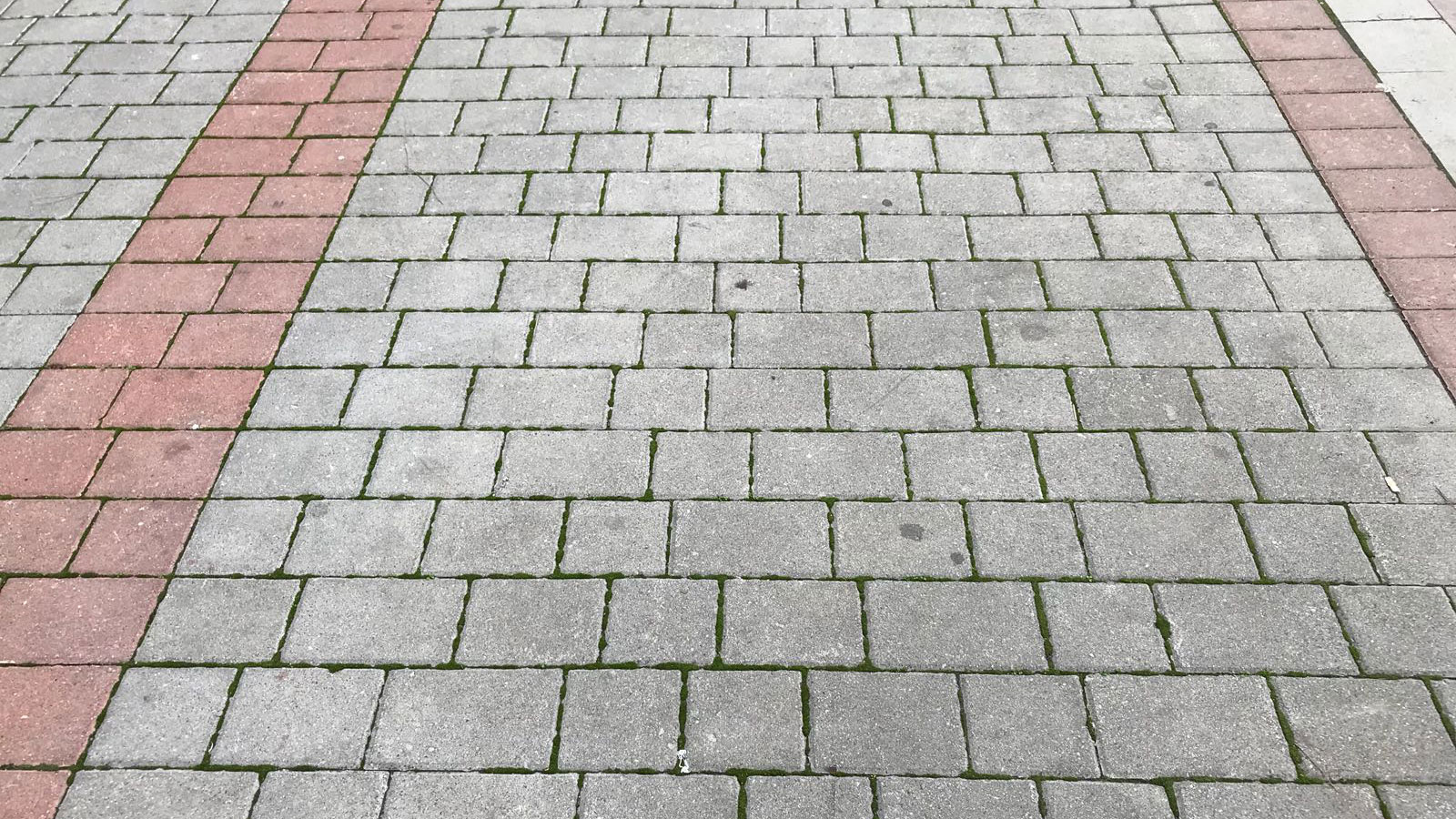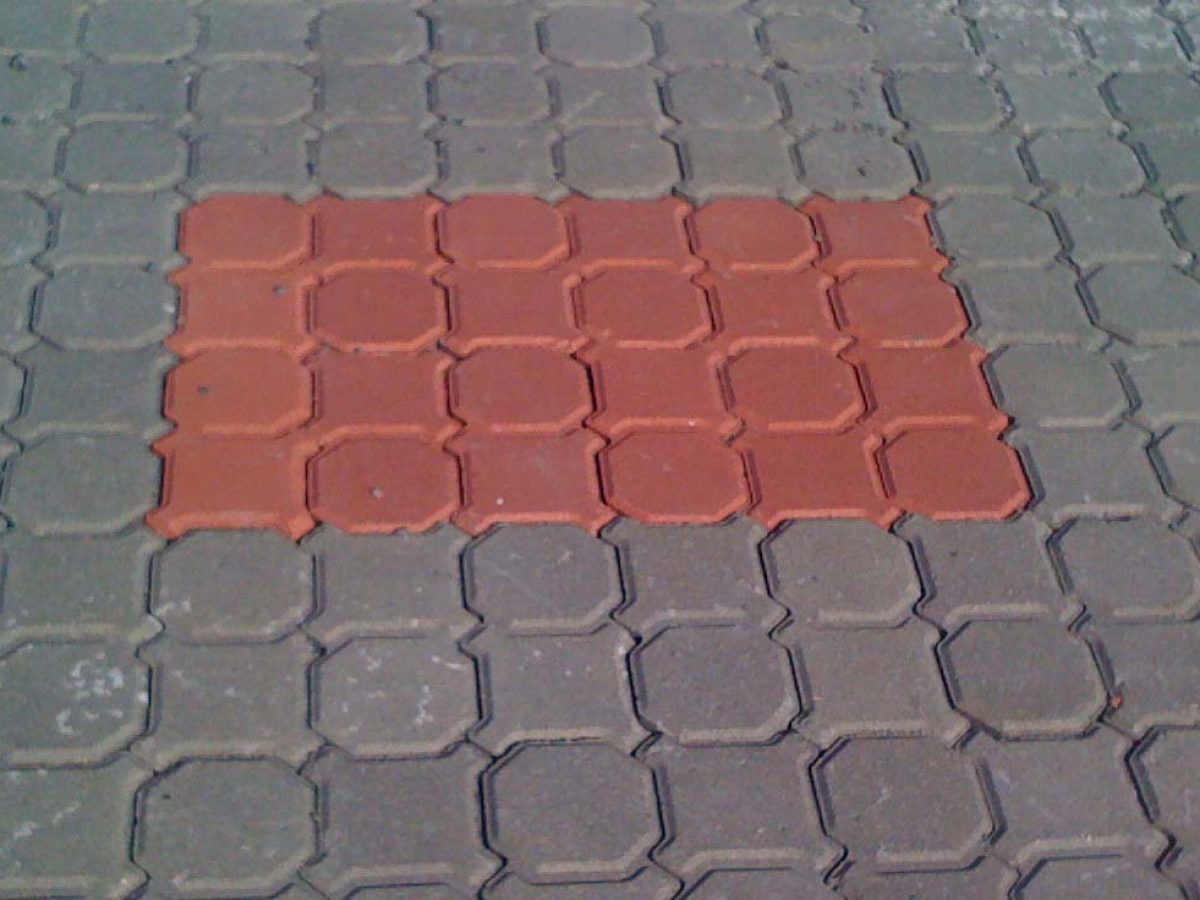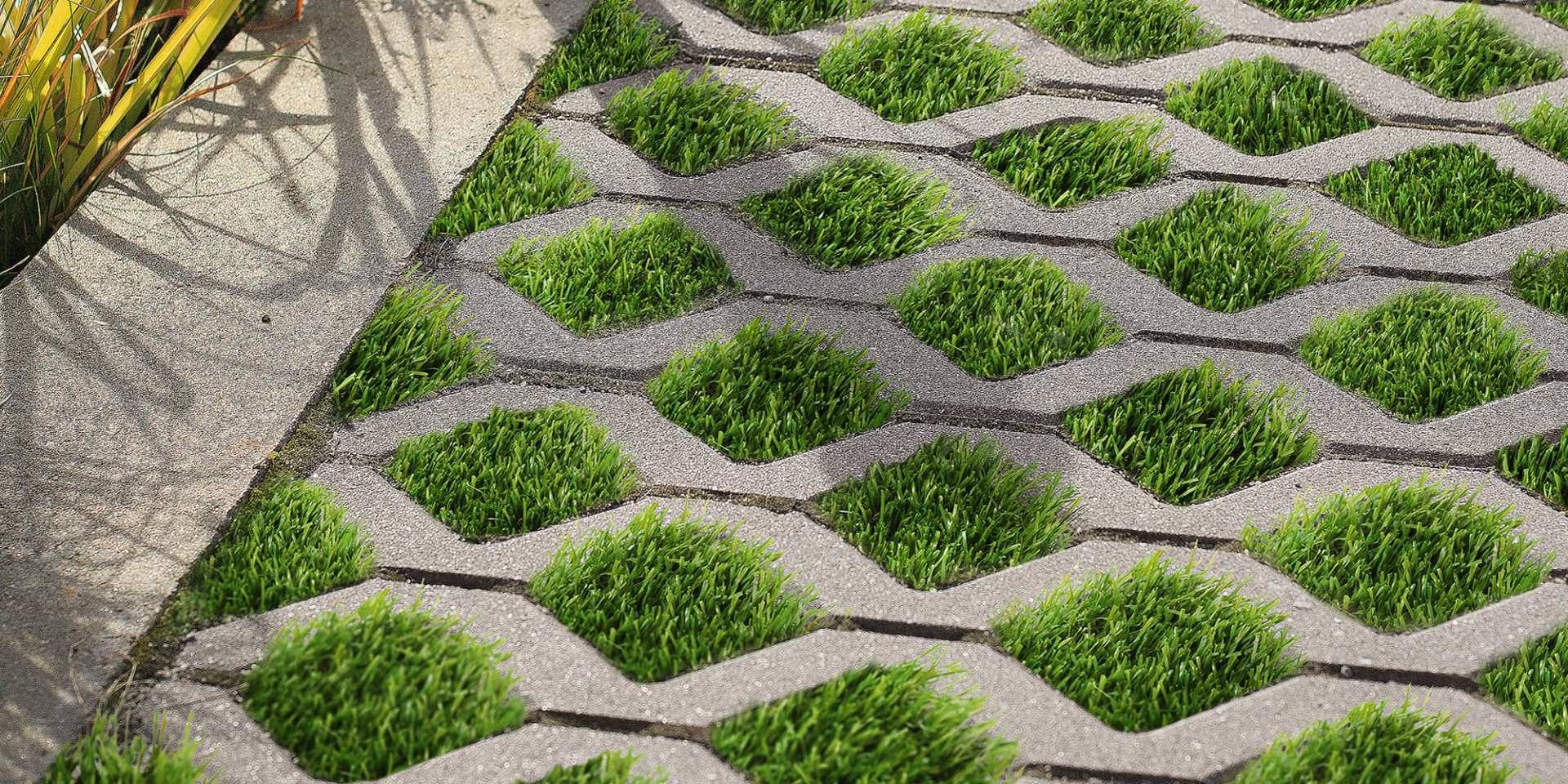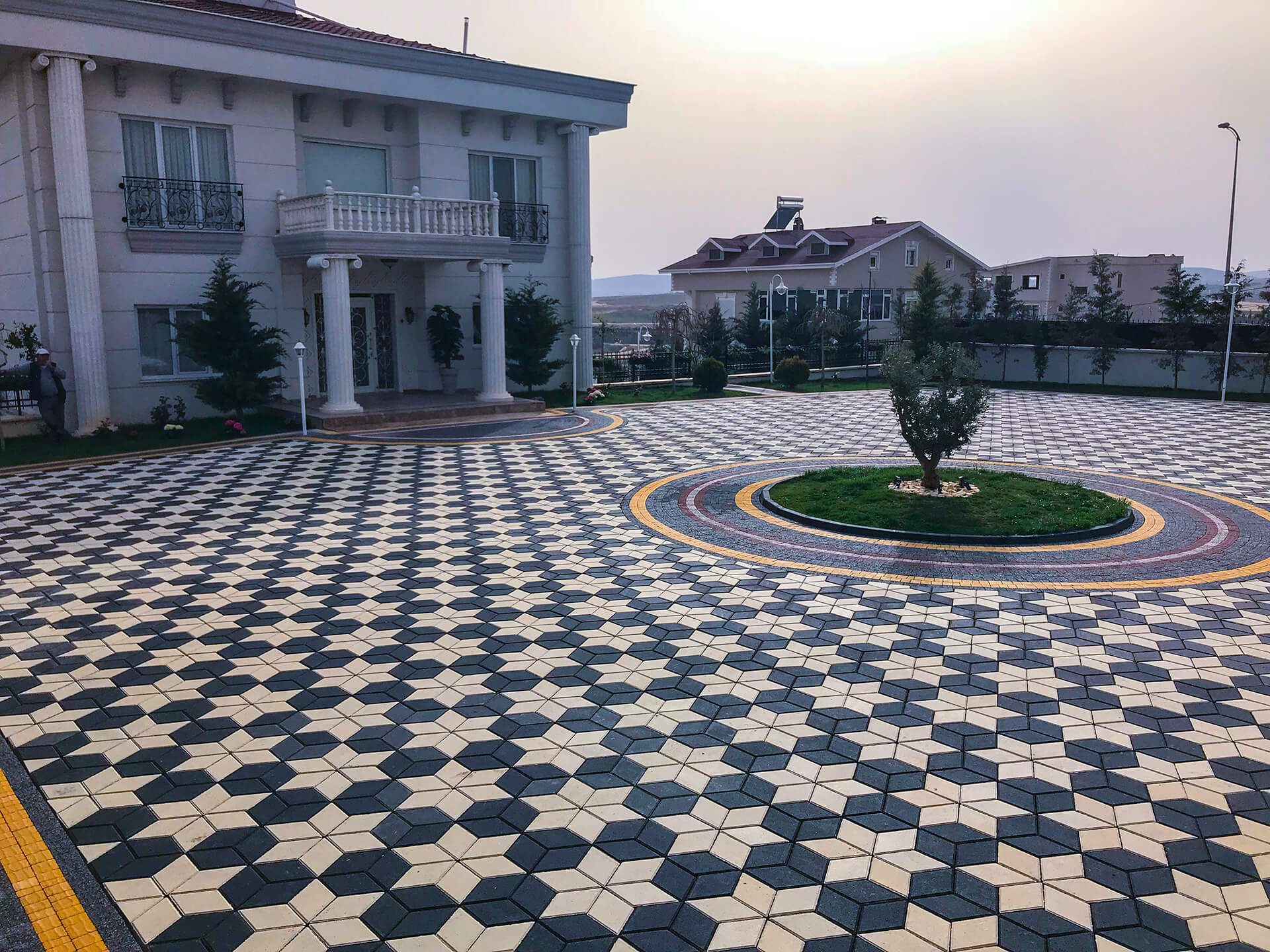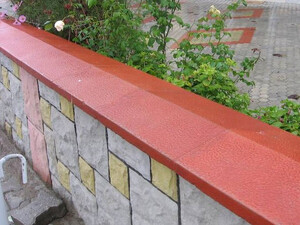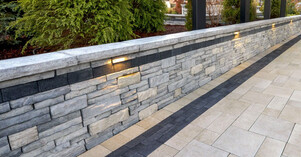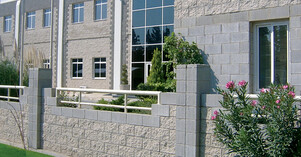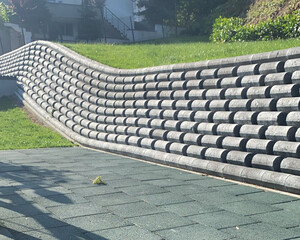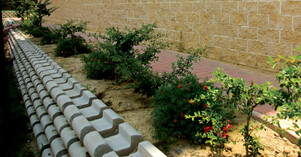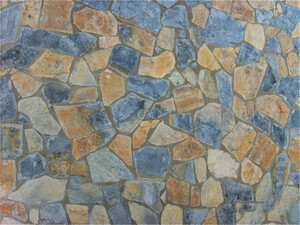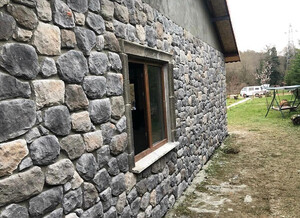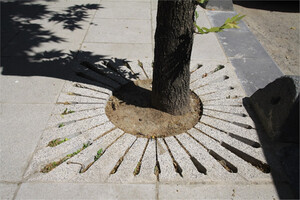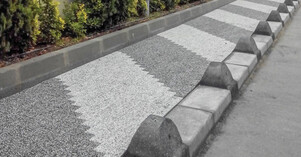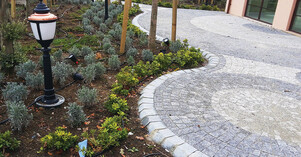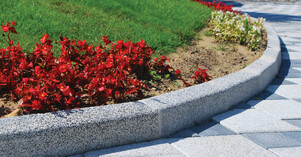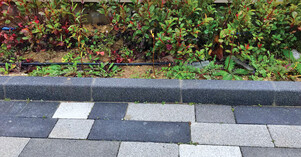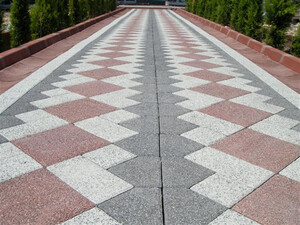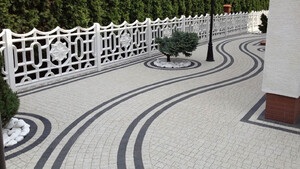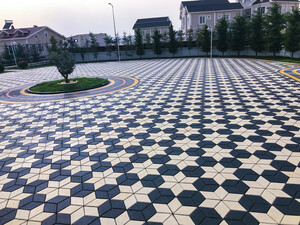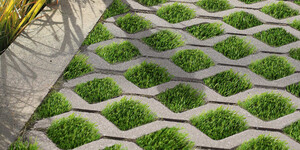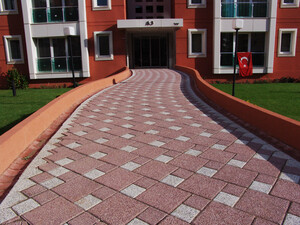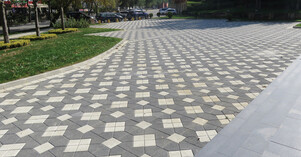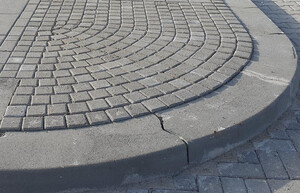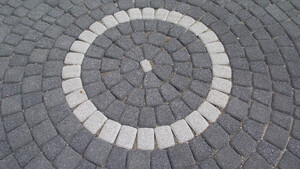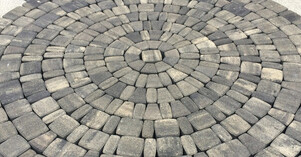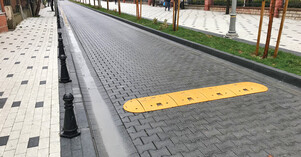Prism Stone: Uses and Properties
Prism stone is a building material that combines durability and aesthetic appearance. It is a frequently preferred material in construction projects with different design options and various usage areas. These stones are available in a variety of colors, shapes and sizes so they can cater to a variety of design needs.
Features:
- Durability: Prism stone has a structure that is resistant to external factors and heavy loads. It offers a long-lasting solution due to its resistance to weather conditions, impacts and friction.
- Aesthetic Appearance: Thanks to its different color and pattern options, the prism stone adds an aesthetic appearance to the spaces. Remarkable floors can be created with various arrangement and pattern combinations.
- Easy Maintenance: Since the prism stone surface is flat and smooth, it is easy to clean. It can be easily cleaned with water and cleaning products.
- Modular Structure: Since the stones are laid in an interlocking manner, they form a modular structure. This simplifies the laying process and allows individual stones to be replaced as needed.
Usage areas:
- Pedestrian Roads and Sidewalks: Prism stone is a preferred material in areas with heavy pedestrian traffic. Thanks to its durability, it provides long-term use on pavements and pedestrian roads.
- Squares and Parks: In the arrangement of public spaces, prism stone is used to provide an aesthetic appearance and durability. It provides an attractive appearance to squares and parks with different colors and patterns.
- Car parks: Prism stone, which is used in both open and closed car parks, is suitable for floor arrangement in areas with heavy vehicle traffic. It is resistant to high load carrying vehicles.
- Garden Paths: Prism stone can be used between garden paths or flower beds to create floors that are compatible with a natural environment.
- Historical Areas: The use of prism stone in historical areas or ancient places can provide an environmentally friendly flooring option and can adapt to the historical texture.
